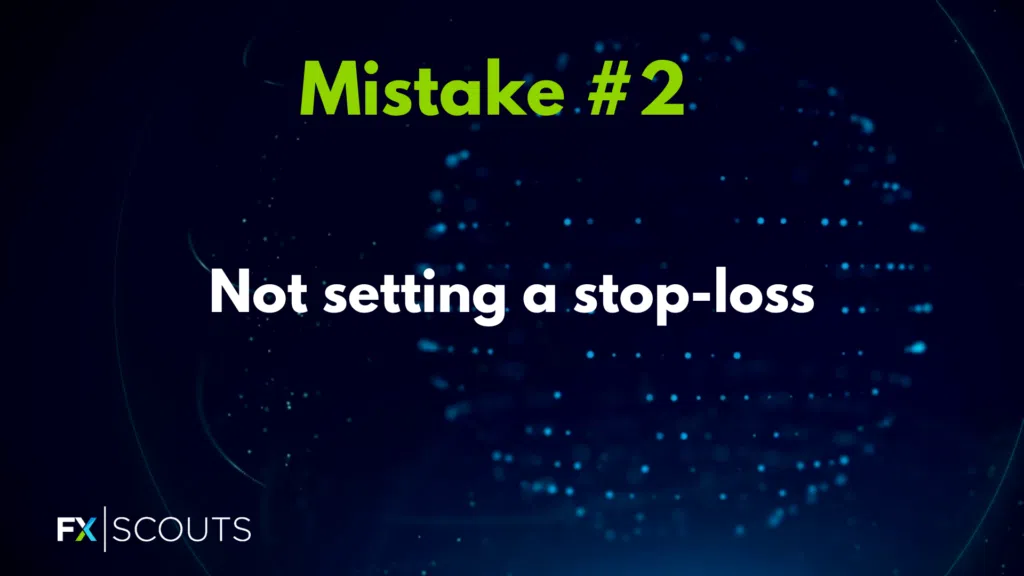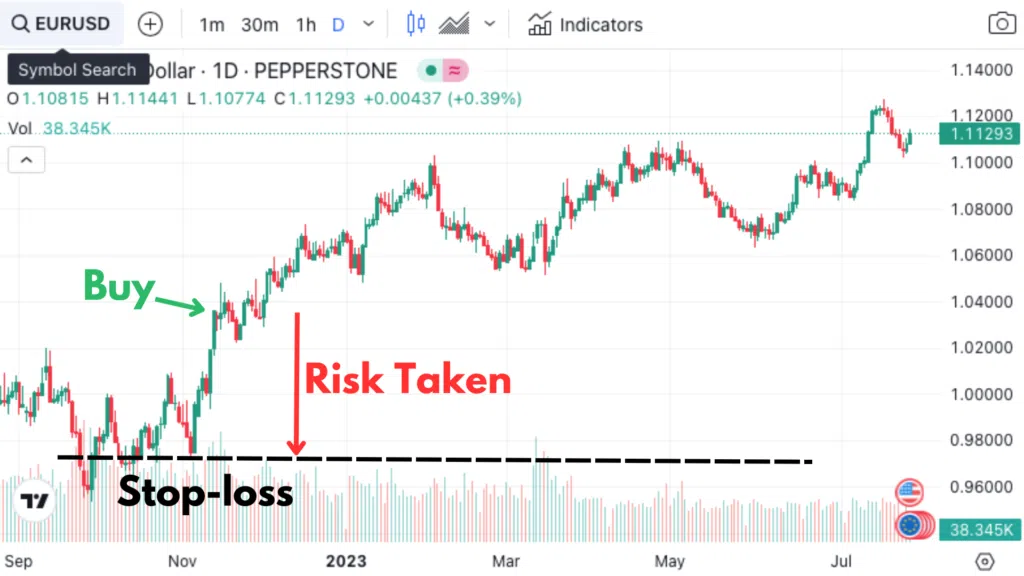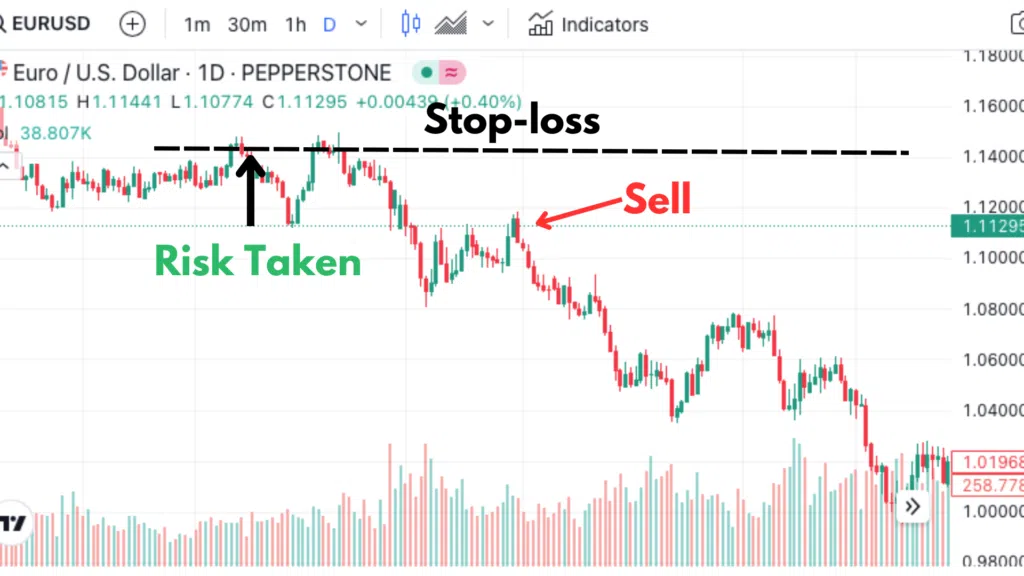-
Best Forex Brokers
Our top-rated Forex brokers
-
Brokers for Beginners
Start trading here
-
Forex Demo Accounts
Learn to trade with no risk
-
ZAR Trading Accounts
Save on conversion fees
-
Lowest Spread Brokers
Raw spreads & low commissions
-
ECN Brokers
Trade with Direct Market Access
-
No-deposit Bonuses
Live trading with no deposit
-
High Leverage Brokers
Extend your buying power
-
Islamic Account Brokers
Best accounts for Muslim traders
-
Market Maker Brokers
Fixed spreads & instant execution
-
All Trading Platforms
Find a platform that works for you
-
TradingView Brokers
The top TradingView brokers
-
MetaTrader4 Brokers
The top MT4 brokers in SA
-
MetaTrader5 Brokers
The top MT5 brokers in SA
-
cTrader Brokers
The top cTrader brokers in SA
-
Forex Trading Apps
Trade on the go from your phone
-
Copy Trading Brokers
Copy professional traders
As much as 60 – 90% of traders lose money, depending on the broker. Now this is a very high percentage, but most traders are actually making the same mistakes. In this video, we are going to be covering the top three mistakes that traders make and how to avoid them.
Transcript
Mistake #1: Over-leveraging

Leveraging capital for the promise of magnified gains could be tempting, especially for new traders. However, it’s important to be cautious. Consider this scenario: you start with 100 USD, tempted by a massive 1000:1 leverage, granting control over a substantial 100,000 USD position.
 |
 |
While a 30 Pip profit from a market surge might seem promising, swift reversals can turn the tide. A mere 10 Pip downturn, not uncommon, could erase your entire investment. The lesson? Begin with caution. Opt for measured leverage, around 10:1. Pair this with modest initial investments for a sturdy foundation. Learn more about leverage here.
Mistake #2: Not setting a Stop-Loss

A stop loss is essentially an order that you place at a specific number of Pips away from your entry point. Its purpose is to serve as a safeguard, triggering the automatic closure of your trade if the price reaches that predetermined level. For instance, when buying an instrument, you’d position your stop loss a few Pips below your entry, while selling would prompt you to set the stop loss a few Pips above the entry point.
 |
 |
Imagine a scenario depicted in a chart where an engulfing candle emerges after a period of uptrend. This occurrence might tempt you to believe that a downtrend is underway, leading you to place a sell order. However, if you neglect to input a stop loss and decide to step away for a while, you might return to a disheartening reality: the price has surged significantly upwards. In this unfortunate event, your trading account could suffer substantial losses.
Contrastingly, if you had implemented a stop loss, your potential loss might have been limited to around 10-20% of your initial capital.
Mistake #3: Not using a Demo Account

Demo accounts offer glimpses into real-world trading. Yet, they’re often underutilized. Some traders employ demo accounts with inflated capital, opening and closing trades randomly, leading to inconsistent results.
Realize the potential of a demo account by replicating actual trading conditions. Log your trades meticulously: record entry and exit points, employ stop-loss and take-profit markers. Apply a risk management strategy akin to actual capital allocation. This approach exposes you to the psychological dynamics of real trading, revealing strategies that work.
Remember, a demo account’s true value emerges when treated as a genuine trading arena. Thorough documentation and astute observation provide insights that elevate your trading skills.
Conclusion
Thank you for watching. For any questions on this or other trading topics, contact us at [email protected].
Disclaimer: This transcript summary was created with AI assistance.
Stay updated
This form has double opt in enabled. You will need to confirm your email address before being added to the list.




























